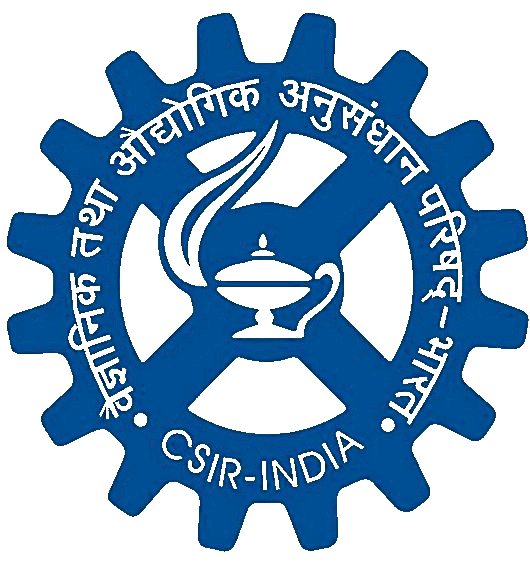Drought stress is an impending danger to the agriculture world. Horsegram (
Macrotyloma uniflorum) could be the potential answer to drought stress. It is a highly drought tolerant yet underexploited tropical legume, commonly known as
'kulthi'. The U.S. National Academy of Sciences in 1978 identified horsegram as potential food source for the future. Insurmountable drought tolerance, medicinal benefits and pest resistance characteristics of horsegram together make it an agriculturally attractive crop. Recent de novo transcriptome assembly and associated analyses has been conducted to decipher horsegram's genetic makeup using eight samples comprising of shoot and root tissues of two horse gram genotypes; a drought-sensitive and a drought-tolerant for comparison under drought stress. The data obtained from this study was further utilized in comparative analysis of protein-protein interactions to understand the rationale behind the interplay at cascading translational levels for drought stress adaptive mechanisms in horsegram. First global de novo protein-protein interactome was developed and a high confidence database
MauPIR was constructed.
MauPIR (Macrotyloma uniflorum Protein Interaction Resource) is a database pertaining predicted protein protein interactions in Horsegram(Kulthi). Highly reliable interactions obtained through both Interolog approach (based on evolutionary conservation of PPIs across reference species) and domain based approach were selected. In addition to Protein Protein interactions, database also provides necessary funtional details about queried protein.
Important protein hubs were identified as ubiquitin and heat shock related proteins. Higher numbers of PPIs were found to be responsive in shoot tissue (1618) and root tissue (6590) of genotype 2 compared to shoot tissue (649) and root tissue (2485) of genotype 1. Characterization of PPIs using gene ontology analysis revealed that kinase and transferase activities involved in signal transduction, cellular processes, nucleocytoplasmic transport, protein ubiquitination and localization of molecules were most responsive to drought stress. Hence, these could be framed in stress adaptive mechanisms of horsegram. Biological and functional importance of the identified PPIs was conducted to streamline the complex responses of horsegram to drought stress. This study satisfies the strong demand of basic frame work for future understanding of drought stress tolerance mechanisms in horsegram and resources generated may be utilized for other legume studies.
Search Proteins
Please select the protein name from list:

